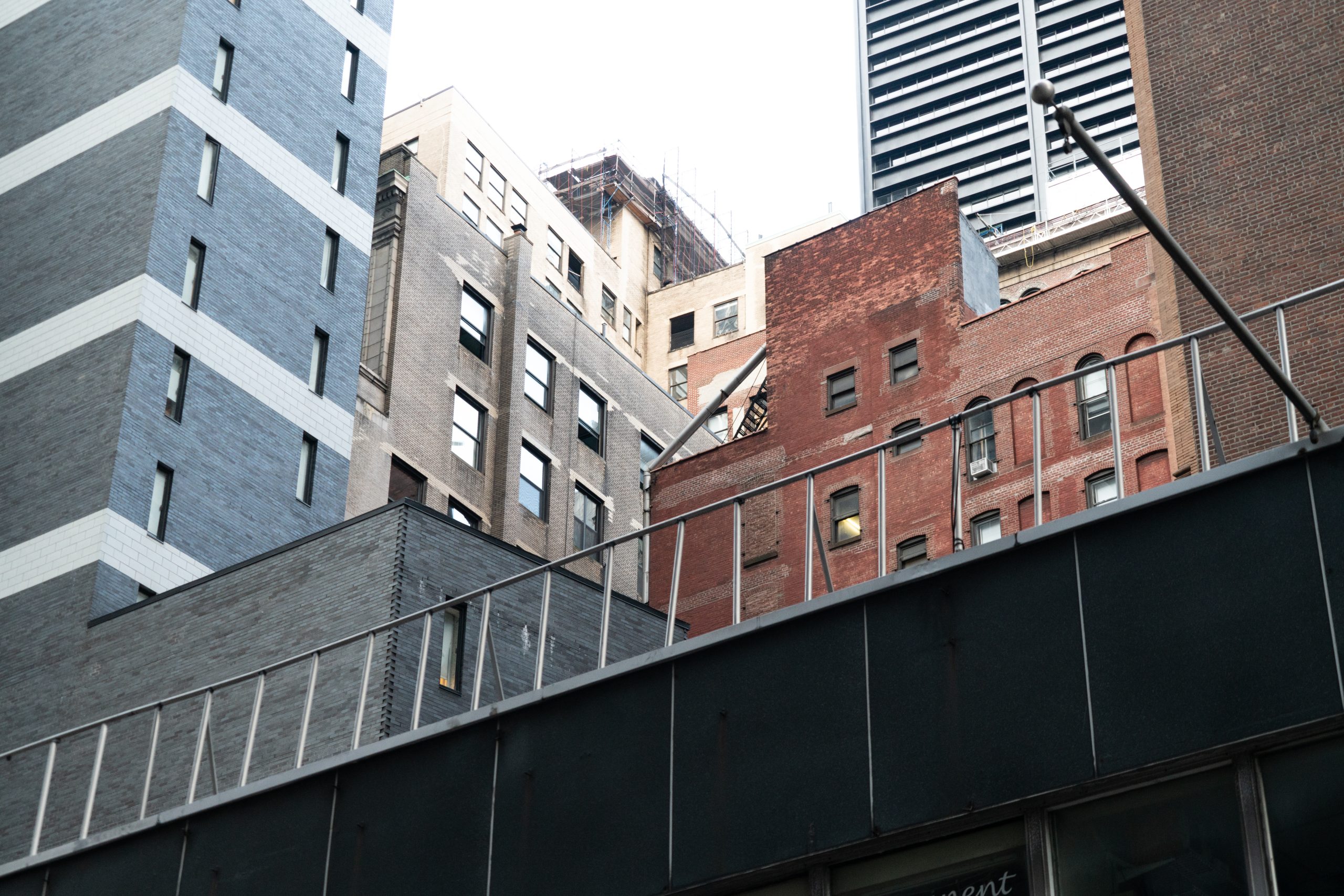Small Buildings and 421-a Rent Stabilization
May 10, 2020
In New York City, there are tax incentive programs frequently used by owners. Real Property Tax Law § 421-a establishes one of these programs (“421-a”). 421-a is also administered by HPD and DOF and gives tax benefits to owners who construct new buildings or create residential units in previously commercial buildings. The receipt of 421-a tax benefits also places these buildings under Rent Stabilization for the duration of the benefit.
Many buildings built since 1974, which ordinarily would not be subject to rent regulation, have been placed under Rent Stabilization only because the building owner chose to receive 421-a tax benefits. Furthermore, 421-a tax benefits can be also be attached to buildings with less than three units, which also ordinarily would not be subject to Rent Stabilization.
I have often encountered new owners of small (less than six unit) 421-a buildings who either did not understand that the building was in the 421-a program or who do not understand the Rent Stabilization implications of 421-a. This story concerns such a building.
My clients thought they were buying a three-unit building in Brooklyn in which to live and raise their family.[fn1] They hoped that the other two units would produce enough rent to cover the mortgage. They had never even heard of Rent Stabilization and had no idea that it applied to their building. They came to me after their tenants stopped paying rent and demanded Rent Stabilized leases, lower rents, and repayment of alleged overcharges. I was skeptical that there was much I could do. But as I combed through the file, I found something useful.
The fact was that the developer of the building had never properly completed the 421-a paperwork. Sometime after my clients bought the building from the developer, HPD contacted my clients and informed them that, if they wanted their tax benefit, they needed to complete the 421-a paperwork. Remember, these clients had no idea what 421-a was all about. But a tax benefit sounded good! Thus, there ensued about two years of my client attempting to do the correct paperwork, including giving the tenants Rent Stabilized leases. This alerted the tenants to their possible rights as Rent Stabilized tenants. That’s how the situation came to me.
Here was my conclusion. Owners never achieved 421-a status. They had been working with HPD on a “Final Application Checklist”. According to Open Data New York, the 421-a application was sill “pending”. Moreover, DOF was not booking the tax benefit. The owners were paying taxes on the full assessed value. The owners never received the 421-a tax benefit. Their application was abandoned by HPD.
It was, however, impossible to find case law precedent on this. Moreover, tenants were represented by a top-notch tenant lawyer. Owners were still vulnerable. We ended up settling with tenants for about 1/5 of their original demand of owners. Owners were happy.
What’s the lesson? The lesson is that Rent Stabilization Due Diligence should be run on all buildings before closing. Even buildings built after 1974 and even buildings with less than six units.
Respectfully submitted,
fn1. Some details changed to protect the innocent.






